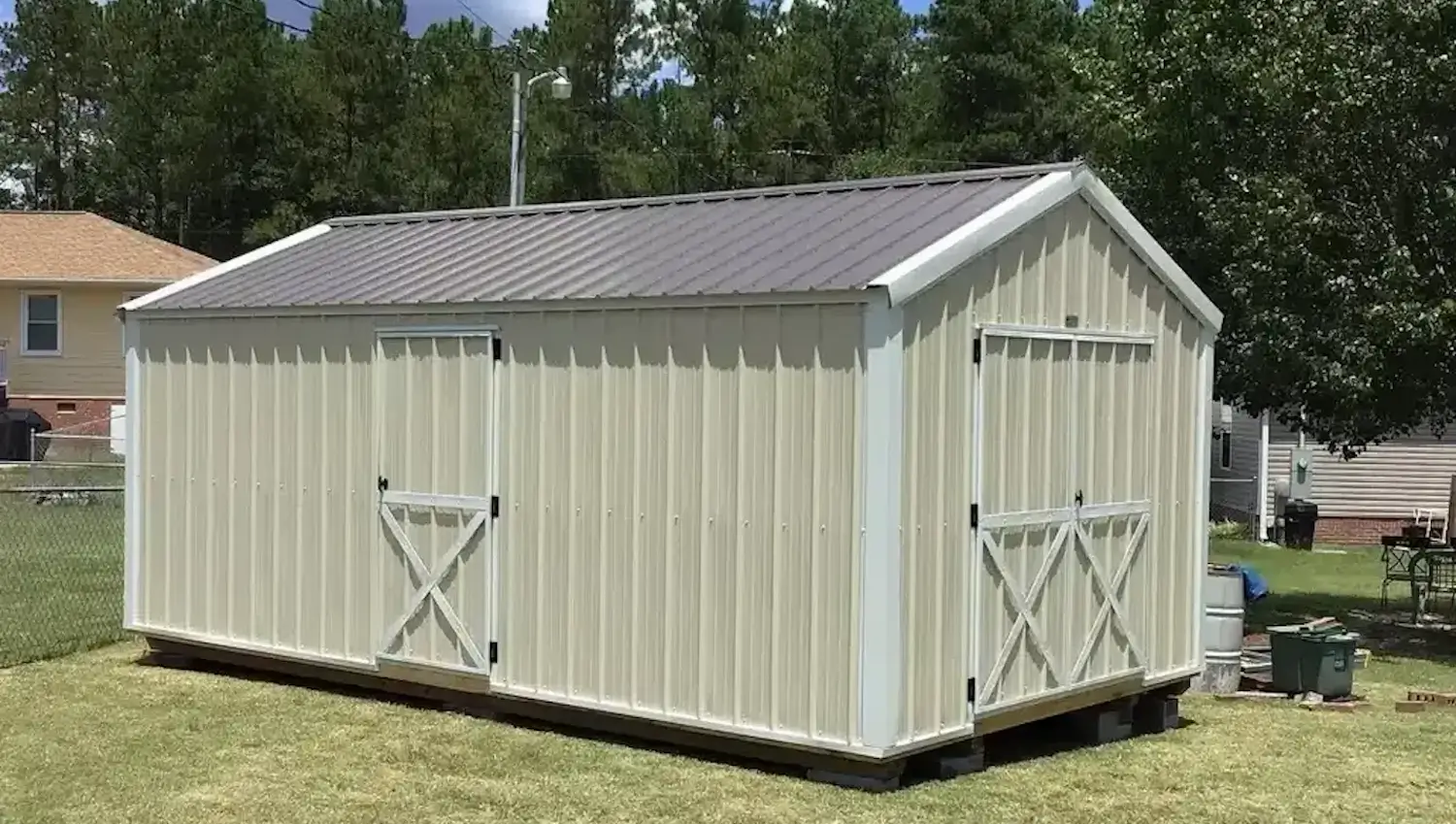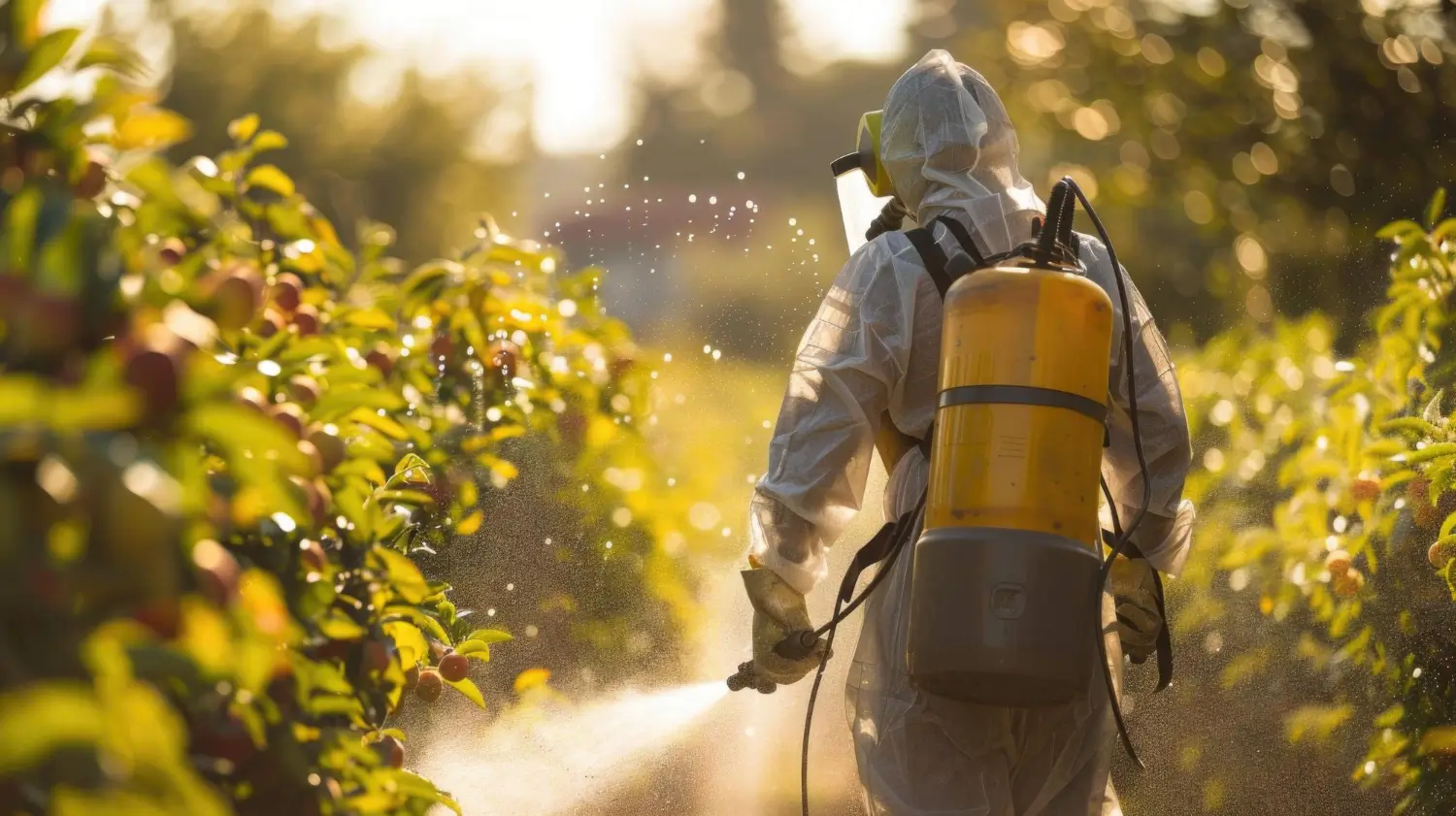
August 24, 2025

Indoor farming allows growers to control the environment, support plant growth, and produce crops throughout the year. However, managing pests is one of the biggest challenges in indoor farming. Common indoor pests include aphids, spider mites, whiteflies, and fungus gnats that can damage plants, lower yields, and spread diseases.
Indoor farms are typically enclosed, which allows infestations to spread rapidly, making early detection and prevention crucial. Using traditional pesticides indoors is not always ideal because of concerns about chemical residues, regulations, and potential harm to beneficial organisms.
To protect indoor gardening, growers must use integrated pest management (IPM), biological controls, and preventive methods. These strategies help control pests effectively while keeping the growing environment safe and sustainable. Growcycle is a helpful marketplace for controlling pests effectively, as they offer different types of pesticides to improve indoor gardening.
Pests are organisms that cause harm to plants, animals, humans, or the environment. They can include insects, rodents, fungi, bacteria, viruses, and weeds. Pests in agriculture and indoor farming are a major concern because they can damage crops, spread diseases, reduce yields, and affect overall plant health. Pests can be classified into different categories based on their impact and behavior:
Indoor growers face several pests that can harm plants, reduce yields, and spread diseases. Unlike outdoor farms, indoor environments do not have natural predators to control pest populations. This makes it easier for pests to multiply and damage crops. Here are some of the most common pests found in indoor growing spaces:
Aphids are small, soft-bodied insects that feed on plant sap. They are usually green, yellow, or black and cluster on the undersides of leaves and stems. Aphids can weaken the plants by sucking nutrients, causing wilting, curling leaves, and stunted growth.
They also release a sticky substance called honeydew, which attracts mold and further damages plants. If left uncontrolled, aphids can spread plant viruses, making infestations even more dangerous.
Spider mites are tiny, spider-like pests that are difficult to see with the naked eye. They thrive in warm, dry environments and attack plants by piercing leaves and sucking out their juices.
Infested plants develop yellow spots, dry leaves, and fine webbing on the undersides of leaves. Spider mites multiply quickly, making early detection and control essential. A severe infestation can cause leaf drop and plant death if not managed properly.
Whiteflies are small, white, winged insects that resemble tiny moths. They feed on plant sap, causing yellowing leaves, wilting, and reduced plant vigor. Whiteflies lay eggs on the undersides of leaves, and their nymphs feed on the plant before maturing into adults.
They also secrete honeydew, which promotes mold growth and attracts other pests. Due to their fast reproductive cycle, whiteflies can quickly overwhelm an indoor growing space.
Fungus gnats are small, black flies that lay their eggs in moist soil. The larvae feed on organic matter and plant roots, damaging the roots, slowing growth, and increasing disease vulnerability.
Overwatering is one of the main causes of fungus gnat infestations, as these pests thrive in damp environments. While adult gnats do not harm plants, their larvae can severely impact root health, leading to poor crop development.
Thrips are tiny, slender insects that scrape plant surfaces to feed on sap. They cause silver streaks, deformed leaves, and flower damage. Thrips can also spread plant viruses, making them a serious threat to indoor crops.
Mealybugs are white, cotton-like insects that cluster on stems, leaves, and roots. They suck plant sap, causing wilting and yellowing. Mealybugs also produce honeydew, leading to mold growth and additional plant stress.
Pests spread easily in warm, humid, and enclosed environments. They can enter an indoor grow space through:
Because indoor farming lacks natural predators, pest populations grow quickly. Early detection, prevention, and control measures are essential to keeping plants healthy and productive.
Integrated Pest Management (IPM) is an effective and sustainable strategy used by indoor growers to manage pest populations while minimizing the impact on the environment and the plants themselves. This method is particularly important in indoor farming, where pests can thrive unchecked and spread rapidly in a closed environment.
The IPM approach focuses on long-term prevention and carefully managing pest populations rather than simply eradicating them. By combining various pest control strategies, IPM reduces the need for chemical interventions and minimizes the risk of pests developing pesticide resistance. The key to a successful IPM program is a thorough understanding of pest behavior, plant health, and the growing environment.
The first and most crucial step in IPM is prevention. Preventing pest problems before they occur is far more effective than dealing with an infestation later on. Several strategies are involved:
Regular monitoring and scouting are vital in detecting pests early before they become a major problem. Early detection allows growers to address pest issues while populations are still small, preventing widespread damage. Key practices include:
Once pests are detected, various control methods can be applied. These methods can be divided into four main categories:
The final component of IPM is evaluation and adjustment. Pest control is not a one-time process, and growers should continually assess the effectiveness of their strategies. This involves:
Preventing pests from entering or spreading within an indoor growing environment is the most effective way to maintain healthy plants and avoid infestations. Here are some effective strategies to stop pests before they can cause damage.
Indoor growers can use environmental management techniques to discourage pests from thriving. Proper control of factors like humidity, temperature, air circulation, and light cycles is crucial to making the environment less inviting to pests.
Maintaining a clean and tidy growing space is essential for preventing pest problems.
Physical barriers are another effective way to prevent pests from entering or spreading within the growing space.
Biological pest control is an eco-friendly and effective approach to managing pests in indoor farming. It involves using beneficial insects and other natural predators to target harmful pests without harming plants or the environment.
Beneficial insects are natural enemies of many common pests. They feed on or parasitize harmful insects, keeping their populations under control. These beneficial insects provide a safe alternative to chemical pesticides, as they do not leave harmful residues and do not negatively impact the environment or beneficial organisms.
Organic pest control options are becoming increasingly popular in indoor farming due to their effectiveness and safety. While managing pests effectively, these solutions are typically less toxic to humans, animals, and beneficial organisms.
Neem oil is a popular organic pest control solution. It disrupts the growth and reproduction of many pests, including aphids, spider mites, and whiteflies. The oil is made from the seeds of the neem tree and contains compounds that interfere with pests’ ability to feed and reproduce. When applied correctly, it is safe for plants and has low toxicity for humans and animals.
Insecticidal soaps are effective against soft-bodied insects such as aphids, mealybugs, and spider mites. These soaps work by breaking down the pest’s outer shell, causing dehydration.
Diatomaceous earth (DE) is a natural, abrasive powder made from fossilized remains of diatoms. It scratches the exoskeletons of insects like ants, cockroaches, and aphids, causing them to lose moisture and die. DE is non-toxic to humans and animals but should be applied carefully to avoid respiratory irritation.
While many growers prefer biological and organic controls, there are situations when chemical controls may be necessary to protect plants. Chemical pesticides should be used with caution and only as a last resort to avoid harming beneficial insects or causing long-term damage to the growing environment.
Pesticides may be needed when pest populations are overwhelming, and other methods are ineffective. For example, a severe spider mite or whitefly infestation may require chemical intervention if biological or organic methods fail to reduce the population to a manageable level. Using pesticides only when necessary is essential as part of an overall pest management plan.
Growers must follow safety guidelines when using chemical pesticides to protect themselves, their plants, and the environment. This includes proper application rates, wearing protective gear, and ensuring adequate ventilation in the grow space.
One of the primary concerns with chemical pesticides is the potential for pesticide residues to remain on plants, which can affect product quality and safety. To reduce residue risks, it’s essential to choose low-residue, food-safe pesticides and follow re-entry intervals to ensure that crops are safe for harvest.
Pests can develop resistance to certain pesticides over time, making them less effective. To prevent this, growers should rotate the active ingredients of pesticides used in their pest control programs. This helps reduce the likelihood of pests developing resistance and ensures that chemical treatments remain effective.
What is the best method for pest control?
The best method is an Integrated Pest Management (IPM) approach, which combines prevention, monitoring, biological control, and, if necessary, safe pesticide use.
What is the chemical treatment for pest control?
Chemical treatment for pest control involves using pesticides, insecticides, or fumigants to eliminate or repel pests. These chemicals target specific pests and can be applied as sprays, baits, or fogging treatments.
How do I permanently get rid of pests?
To permanently control pests, use prevention techniques, maintain cleanliness, monitor regularly, and employ biological or organic controls to manage populations long-term. Complete elimination is difficult, but consistent effort can minimize infestations.
Managing pests in a controlled environment requires a clear plan that includes prevention, monitoring, biological control, and safe pesticide use. By following strategies like Integrated Pest Management (IPM), growers can reduce the risk of pest damage while keeping their growing space eco-friendly and sustainable.
Effective pest control is important to keep crops healthy and increase yields in indoor farming. Key practices for long-term success include using beneficial insects, organic solutions like neem oil, and physical barriers to keep pests away. Visit Growycle to learn more about the best pest control products for boosting the yield of indoor plants.
Disclaimer: This material is for informational purposes only and should not be relied on for legal, medical, financial, or any other form of professional advice.